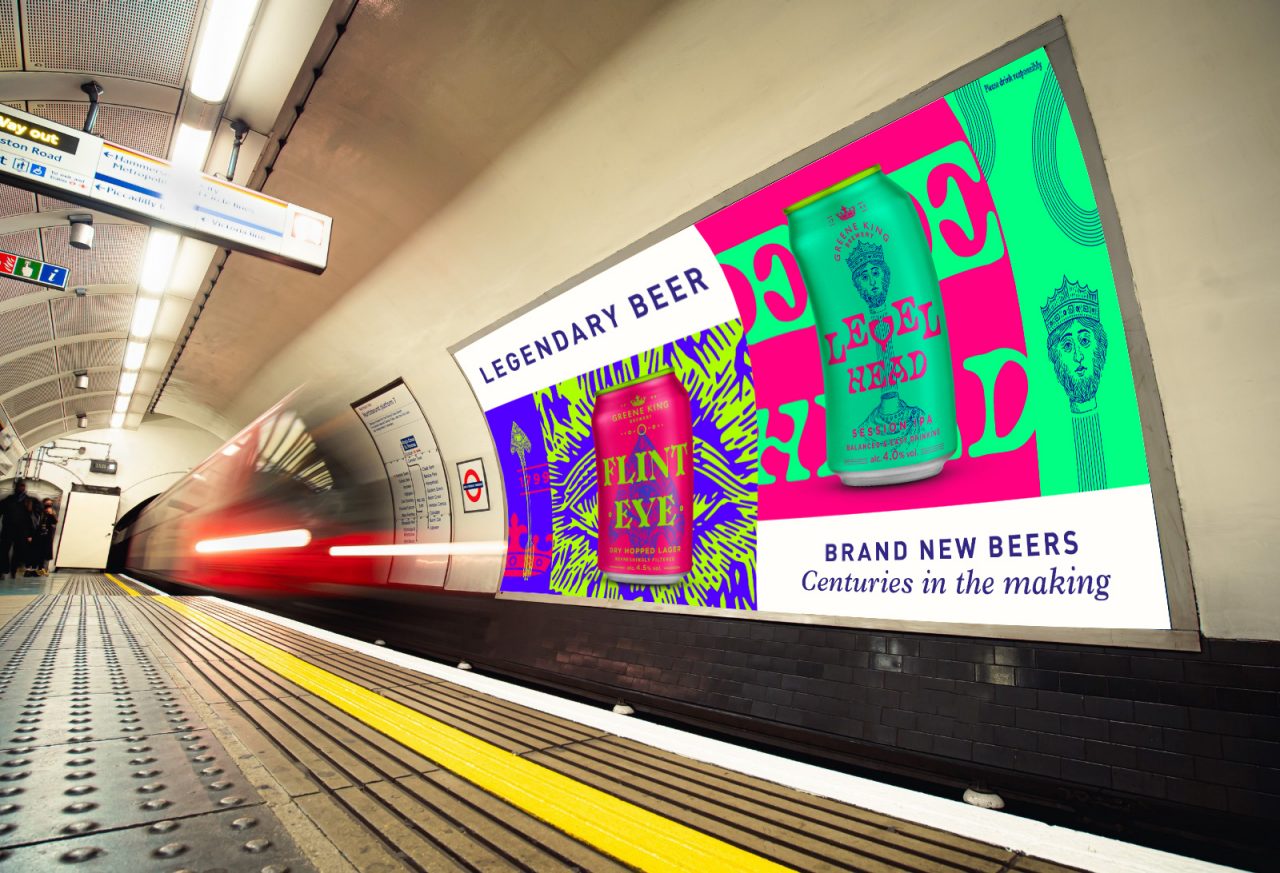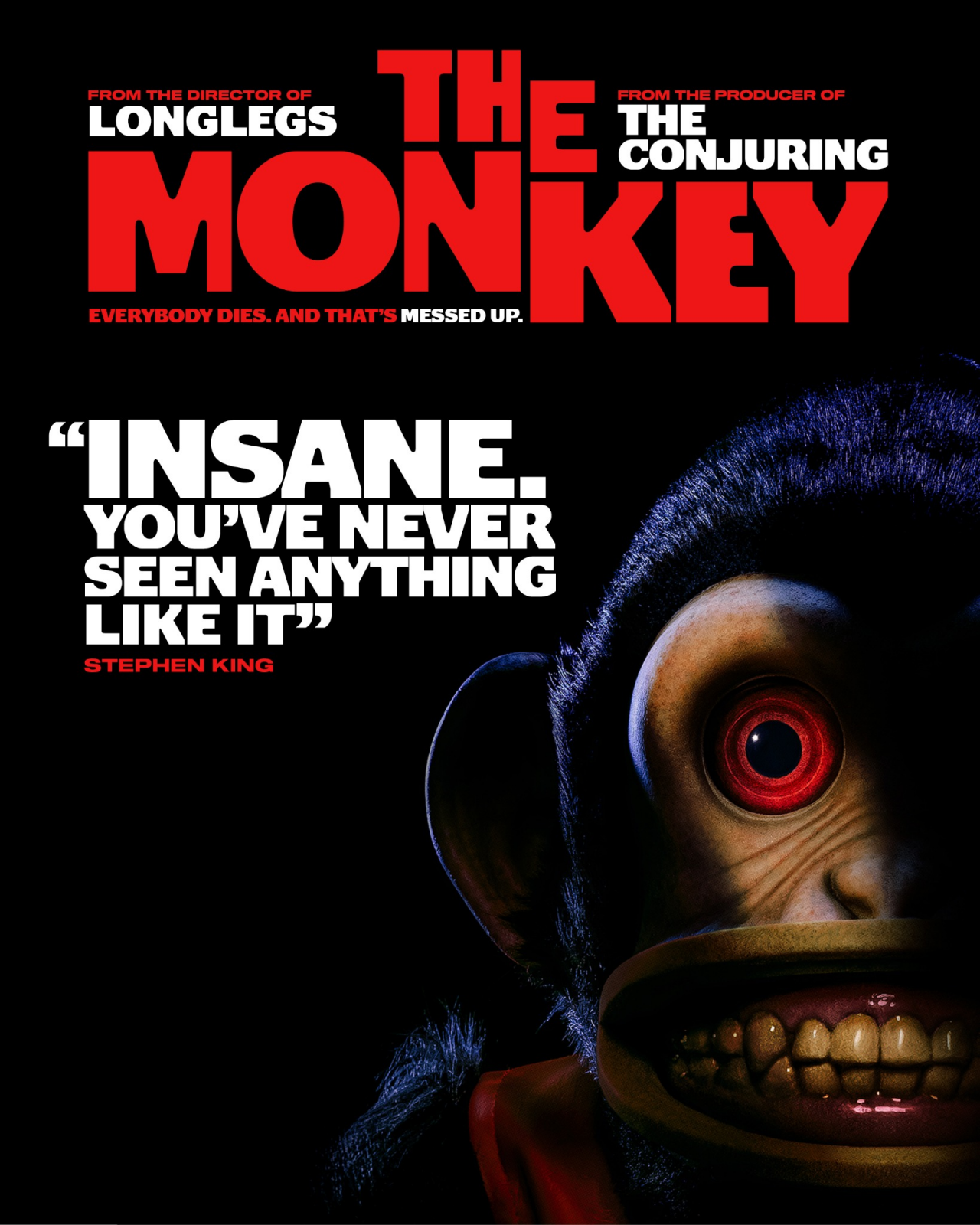The WhatsApp Ad Gamble: Big Opportunity, Bigger Risk for Brands
WhatsApp is one of the last untouched digital spaces - a daily-use platform free from the constant noise of traditional advertising. But that’s changing. Meta is slowly opening the door to WhatsApp ads, and for brands, it represents a huge opportunity, if they get it right.
Used properly, WhatsApp could become one of the most effective direct-response channels. But it also comes with serious risks. Missteps here could cost brands more than wasted spend, they could lose trust entirely!
An Opportunity and a Challenge
WhatsApp is deeply embedded in people’s lives. It’s fast, personal, and unlike social feeds or inboxes, it’s a space where notifications get noticed. That alone makes it a valuable new touchpoint.
But it’s also what makes it risky. WhatsApp isn’t Facebook or Instagram, where ads are almost expected. Instead, it’s a private, trusted space built for talking to the people you care about. That means any brand presence must feel helpful rather than invasive. This isn’t about blasting promotions, it’s about relevance. Retailers might send back-in-stock alerts, or banks might offer personalised loan updates, but the bar for usefulness is high. Get it wrong, and users won’t just ignore you, they might uninstall the app altogether!
What It Means for Brand Targeting
From a targeting perspective, the real power may lie in integrating WhatsApp into Meta’s wider ecosystem. Brands could soon build journeys that start on Instagram or Facebook and continue in WhatsApp, using first-party data to deliver more contextually aware, personalised messaging.
But that will only work if the data is used responsibly and the ad experience feels additive rather than disruptive.
How Users Will React
Many users already use it to interact with businesses for appointments, order tracking, or support. WhatsApp’s reputation is built on privacy and simplicity, and any hint that ads undermine that could erode trust, both in the platform and in the brands that misuse it.
So far, we’ve heard the ads will not be shown in the same place as private chats and encryption of user’s chats will remain tight, but just the addition of a button to Meta’s AI tool was already enough to really irritate users. So, for WhatsApp it’s a gamble, for brands, being very careful is the way forward.
Meta’s Balancing Act
Strategically, this makes sense for Meta. WhatsApp Business tools and in-app shopping have gained traction in some markets where messaging commerce is everyday life (like India and Brazil). Adding ads creates a revenue stream and connects WhatsApp more closely with Meta’s wider ecosystem, helping brands target audiences across platforms.
Still, it’s a delicate balance. WhatsApp’s success depends on its clean, private experience. Over-commercialisation risks alienating users, ultimately hurting Meta and advertisers alike.
What This Means for Brands
For brands, this isn’t a call to jump in headfirst, but it’s definitely something to watch. The cautious approach is to observe how users respond in the coming months and what ad formats are introduced, how visible they are, and how consumers react, especially in markets similar to the UK. That said, there is some merit in being a market leader, so for brands with a strong direct-to-consumer strategy or a history of agile testing, there may be value in experimenting early with a small, tightly controlled budget. This could mean piloting highly targeted messaging for customer service, loyalty, or re-engagement. In other words, areas where the brand has already built a relationship.
The key will be testing without overcommitting. By learning early and keeping close to performance and user sentiment, brands can decide if WhatsApp belongs in their channel mix before it becomes mainstream.
The Bottom Line
WhatsApp advertising won’t be about volume or flashy campaigns. Brands that succeed will act more like helpful concierges, sending timely, personalised messages that make life easier, not more cluttered. For users, this could mean better service. For brands, it’s a chance to connect in a very direct way.

The Author
Matt Wilke
Head of Programmatic and Digital Partnerships,
Mediaplus UK






